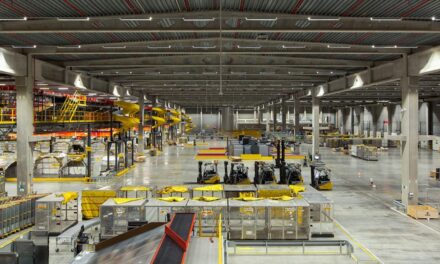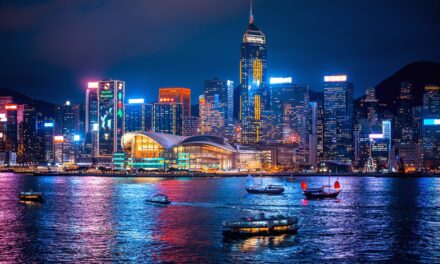
DHL in India. The subcontinent is booming
DHL focuses on logistics infrastructure, the express market, and air freight
The liberalization of the economy, which the Indian government has been continuously driving forward since 1991, has laid the foundations for strong growth. India is now considered one of Asia's most important markets and a preferred target for foreign investors. Industry is opening up to the export markets and a growing middle class provides for increasing domestic demand.
The outcome is an increase in growth flows. The volume of the transport and logistics market is assessed at EUR 22 billion, and average growth for the coming years at 12 percent, creating strong opportunities for companies in the forwarding and logistics industry.
DHL has consistently expanded its base in the past years – in 2003 with the founding of DHL Danzas Lemuir and in 2005 with the acquisition of an 80 percent share in Blue Dart Express, the leading national express service provider in India. Some 5,800 employees serve over 50,000 customers at 14,000 destinations country wide. Focuses include booming sectors such as the automotive, life sciences, and electronics industries. A task that is not so easy to accomplish in a country around nine times the size of Germany.
Ambitious road construction process
On the one hand, there is the ever present bureaucracy that slows many processes. An even greater obstacle, however, is the country's insufficient infrastructure. The subcontinent's road network plays a central role in the transportation business, especially in the growing area of consumer goods. The Indian government has set out on an ambitious road construction process, the "golden quadrilateral", which will connect the north, south, east and west with well extended traffic routes.
Even though 96 percent of the domestic express traffic is conducted via road, air freight is growing in importance in India. Almost 100 percent of international express items are transported by aircraft. The most important airports for transports are Mumbai, New Delhi, Chennai, Bangalore, and Calcutta. But they also need to be expanded and modernized.
DHL has performed pioneering work here and erected the most modern gateway in India to date at the Delhi airport. It is currently the only Indian gateway located directly on airport land. The 2,500 square meter building also has its own customs office that significantly speeds up transport processing.
DHL intends to concentrate its growth on three core areas
And DHL has not just expanded its presence in New Delhi. In the past three years, the company has invested around US$250 million in India. In the future, DHL intends to concentrate its growth on three core areas.
Firstly, the logistics infrastructure should be further expanded. Multinational corporations need basic logistics support like warehousing capacities, specialized IT infrastructure, and a complete logistical process chain for the rapidly growing exchange of goods.
Second important area is increasing the use of air freight for transporting cargo goods. This market segment has been insufficiently serviced to date. And finally, DHL intends to address India's export oriented industries in depth, so as to increase market share in international express services. That is a segment that is still in a relatively early stage of development, despite dynamic growth.
DHL in India – facts and figures
26 years in the Indian market
Brands: DHL Express, DHL Danzas Lemuir
Over 44 million items (2004), of which 38 million were domestic express items
43 million kg shipped in cross border transport to and from India (2004), of which 11 million kg were express items.
5,400 TEU ocean freight (2003)
Over 5,800 employees
3,000 vehicles
Nearly 14,000 destinations throughout the country
Three international gateways: Chennai, Delhi, Mumbai
9 Internal Hubs












